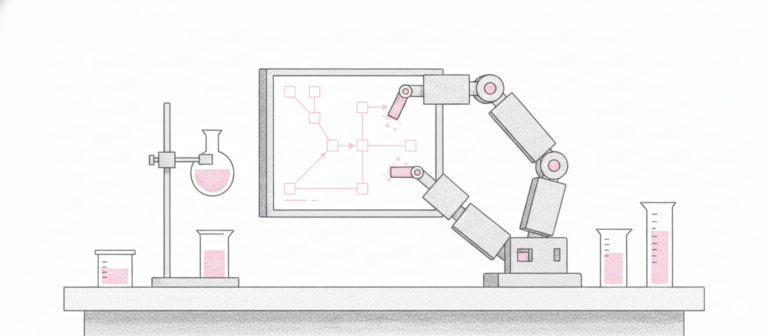データセット向け最適RAGファインダーパイプラインの構築:ステップバイステップ実装ガイド
最適なRAGファインダーパイプラインを構築する手順 フェレッド・ハーン / 16分読了 / 最新 RAGシステムからの最善の出力を得るには、単純な作業ではありません。ドキュメントをどのように分割するか、どの程度の数の断片を取得するか、さらに使用戦略(シンプル、クエリの書き換え、再ランク、他)が最終的な質問への回答の精度に大きく影響します。 以下では、データセットに最適な完全なRAGファインダーパイプラインを構築する方法をステップバイステップでお伝えします。このパイプラインは、さまざまなテクニックを含めることなどで容易にカスタマイズ可能です。 では、このパイプラインの成果を見てみましょう。
